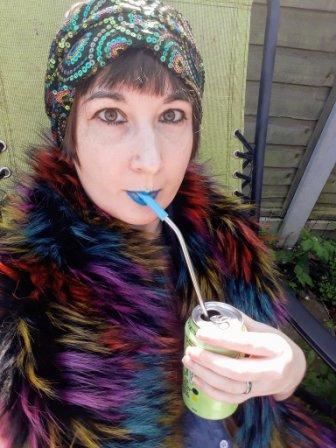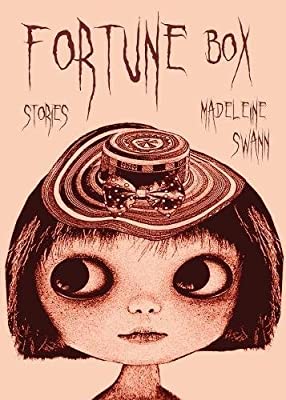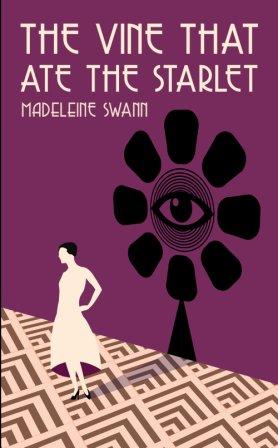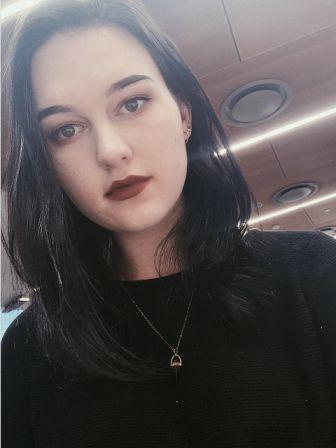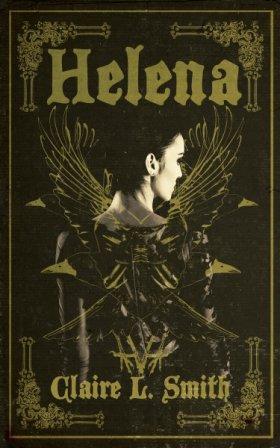Welcome back for part two of the Mythic Delirium Roundtable! Today we talk a little more about these authors’ collaborative book, A Sinister Quartet, as well as their favorite horror films and how 2020 has affected their writing!
Since this book is more horror and dark fantasy, what’s your favorite horror film? Do you remember the first horror story or horror film that really captured your imagination?
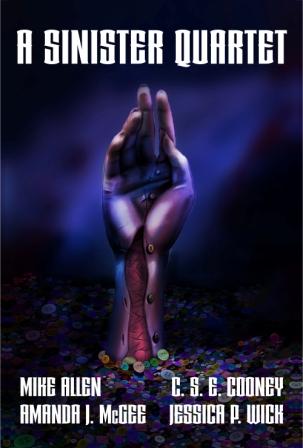 C.S.E. COONEY: I remember a babysitter making me watch The Fly when I was four or five years old. I hated it, and wanted to leave the room, but she wouldn’t let me. It scared me for years! Not my favorite. I could probably watch it now and lance the boil of those early demons—but why spoil a perfectly wretched memory? Anyway, there are several horror films I’ve loved recently: I loved The Babadook and The Devil’s Backbone for their unapologetic primary metaphors—the monster in our own homes, our bodies, the phantom bomb in our midst—and I loved Midsommar because in so many ways it didn’t seem like horror at all. It seemed like paradise at a terrible cost, which is a little how I imagine Gelethel.
C.S.E. COONEY: I remember a babysitter making me watch The Fly when I was four or five years old. I hated it, and wanted to leave the room, but she wouldn’t let me. It scared me for years! Not my favorite. I could probably watch it now and lance the boil of those early demons—but why spoil a perfectly wretched memory? Anyway, there are several horror films I’ve loved recently: I loved The Babadook and The Devil’s Backbone for their unapologetic primary metaphors—the monster in our own homes, our bodies, the phantom bomb in our midst—and I loved Midsommar because in so many ways it didn’t seem like horror at all. It seemed like paradise at a terrible cost, which is a little how I imagine Gelethel.
AMANDA MCGEE: Oh dear. So I can’t actually watch most horror films because I have too many nightmares. Like I will occasionally watch horror but I can’t do it alone and I have to be in the right headspace. But I will tell you that the first horror film I watched that really rattled me (and put me off of horror for a long time) was Resident Evil. I have a huge issue with zombies, actually. Super freak me out. It took watching Shaun of the Dead to get me to stop having nightmares about zombies, even years later.
JESSICA P. WICK: Hmm! Favorite horror film is tough, partly because I’m a huge wuss, so how do we define favorite here? Rewatchability? The degree to which it haunts me? I really liked the original Let the Right One In, ditto The Hunger with David Bowie, but if Pan’s Labyrinth — my all time favorite film — counts as horror (and I’d say it does), then Pan’s Labyrinth all the way. That movie has everything I want from darkness. As for what horror film first really captured my imagination, what a good question I’m not sure I have an answer to. The first horror images that really captured my imagination were the illustrations by Stephen Gammell from Scary Stories To Tell in the Dark, and one illustration of Odile by Trina Schart Hyman in Swan Lake. I was so scared of the Odile page and so fascinated-scared by the gruesome Gammell pictures.
MIKE ALLEN: It’s hard for me to pick a favorite horror flick because I enjoy many deeply flawed movies and can nitpick supposedly great movies, but my blighted soul often circles back to the Robert Wise-directed version of The Haunting, which I watched for the first time on grainy VHS as a jaded grown-up, and it still got under my skin.
My extremely traumatic first encounter with horror happened when I was in third grade, and our well-meaning teacher read us Edgar Allan Poe’s “The Tell-Tale Heart” for Halloween. Visions of that dismembered old man with the pale blue vulture eye consumed me. I didn’t shake the night terrors until my teen years, when I started to delight in the creative process behind horror. Clive Barker’s Books of Blood were the key to that transformation. Bonus points to the first horror movie that I deliberately went to see in a theater: Return of the Living Dead. BRRAAAIIINNNSS!
2020 has been an intense year on so many levels. How if at all has this year affected your own writing, either in productivity or in what themes you’re exploring in your work?
C.S.E. COONEY: 2020 in many ways has been incredibly productive, partly because it had to be. Both my husband and I are writers, and both of us were on constant deadlines, so in a way, writing became one of the stabilizing forces of 2020, even when everything else was melting down. I’ve not had much writing time to process current events; much of what I’m working on is several drafts old or to spec, but I have found some solace in journaling and poetry—when I can find the time at all.
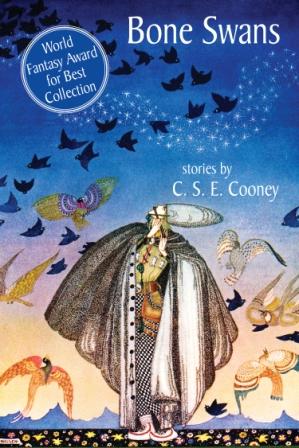 AMANDA J. MCGEE: So 2020 has been ironically really productive for me. It might be the most productive writing year I’ve had for a while if we’re just counting new words. I think this is because the way I deal with stress historically is to read and write it out. Also not being able to go to the gym or hang out as much with friends means I don’t have my other coping mechanisms. I’ve mostly been writing more light-hearted stuff this go round, for obvious reasons. It’s a lot harder to put my characters in really disturbing situations when I am personally a little overwhelmed, so that’s been the biggest issue I’ve faced.
AMANDA J. MCGEE: So 2020 has been ironically really productive for me. It might be the most productive writing year I’ve had for a while if we’re just counting new words. I think this is because the way I deal with stress historically is to read and write it out. Also not being able to go to the gym or hang out as much with friends means I don’t have my other coping mechanisms. I’ve mostly been writing more light-hearted stuff this go round, for obvious reasons. It’s a lot harder to put my characters in really disturbing situations when I am personally a little overwhelmed, so that’s been the biggest issue I’ve faced.
JESSICA P. WICK: 2020 has been just an awful gloom of uncertainty, occasionally punctuated by the hot radiance of anger. It’s been a struggle to write and to read. I think wistfully of those old stories of The Writer or The Artist, spilling their pain onto the page and shaping masterpieces. That’s not how I work at all. If I look back over the last few years at my projects, I’m often drawn to the question of how to do what is right. I write a lot about ‘good neighbors,’ about expectation and goodness, image and what it really means, a lot of careful what you wish for, consequences exist but they’re often unintended. I don’t think this awful year has changed any of that. I’m still interested in writing characters who are ultimately hopeful although they might not be in a very hopeful world.
MIKE ALLEN: I have to say, the stress of the pandemic and the roil of civil unrest and electoral uncertainty ground my writing down to a level of near nonexistence. (In a sense. In my day job, I’m a newspaper reporter, and in that role I’ve written plenty.) Most of my writing and publishing-related effort has gone into promoting A Sinister Quartet and my new collection of horror fiction, Aftermath of an Industrial Accident, and advertising and selling other titles in the Mythic Delirium Books catalog.
I have in 2020 managed to write a handful of new short stories, one of which I sold to Lackington’s. And it’s another “Button Bin” story, this time a prequel, called “The Feather Stitch.” It crosses over with another quasi-popular story of mine, “The Cruelest Team Will Win,” and thus ties in another monster mythos that I originally conceived as completely separate. I seem to be doing that more and more in my dotage — linking stories that originally I had no intention of tying together.
As an aside, I feel a need to step more fully into my editor hat here (hello, mixed metaphor) and note that C.S.E.’s “The Twice-Drowned Saint” in Sinister is very much of the 2020 moment in its plot and themes.
What do each of you have planned next?
C.S.E. COONEY: I have to finish edits for my novel Saint Death’s Daughter, which is coming out in Spring 2022 with Solaris. I have an idea for an 8-episode radio play/podcast called The Devil and Lady Midnight. I have a concept album I’d like to complete called Ballads from a Distant Star. I’d like to finish up a collection of novellas called Dark Breakers—which means finishing a novella I started for it, and also one last short story. I’d like to start the next novel in my Saint Death trilogy. And, oh! Various and sundry!
AMANDA J. MCGEE: Plans…yeah. I don’t have anything set in stone right now. No contracts. I’m working on a novel that ambushed me back in August. Kind of a Labyrinth meets Lord of the Rings scenario, for lack of a better way to describe it. It’s been a lot of fun. I’ve got another couple of novels at various stages of editing I need to get polished and out to query. So hopefully one of those projects goes somewhere, but I’ve been focusing on making new words this year more than anything.
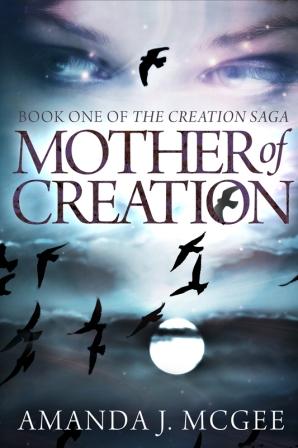 JESSICA P. WICK: My plan is to finish what I call ‘the swashbuckly novel,’ which is a tale of revenge, atmosphere, carnivorous mermaids, fate witches working for a decadent government, sleeping curses, bureaucratic evil, dangerous nationalism, theatre troupes, pirates, repartee both with words and blades.
JESSICA P. WICK: My plan is to finish what I call ‘the swashbuckly novel,’ which is a tale of revenge, atmosphere, carnivorous mermaids, fate witches working for a decadent government, sleeping curses, bureaucratic evil, dangerous nationalism, theatre troupes, pirates, repartee both with words and blades.
I’ve also been playing with drabbles expanding some of the folklore from my horror story, ‘The Husker,’ which is up at Strange Horizons, and I’d like to put together a collection of oddities …Possibly to go along with a poetry collection. That’s my big 2021 goal: Put out a collection of poetry.
But there are other things I’m working on (in theory), too. A murder ballad card game, a novel about Brinedrift House (it will involve devils), a horror story about a goose. You’d think I wouldn’t need to write more. Say ‘goose’ and have people sagely nod ‘ah yes, the devil bird,’ but I have a goal of getting my friend Christa to never look at geese the same way again.
So many plans! I just hope I’m ready for 2021.
MIKE ALLEN: I have a fully drafted novel, working title These Bloody Filaments, that I haven’t touched since January, in part because of the 2020 miasma, in part because I felt like I had to see how this election turned out in order to choose the directions the revisions should go, as racism and police brutality figure strongly in its warp and weft. I hope to find the strength to get back to it soon. In the meantime there’s an older novel to perhaps dust off, a new novel idea to start on, other stories to finish, future Mythic Delirium Books to discuss — and of course more promotion for both Aftermath of an Industrial Accident and A Sinister Quartet.
Where can we find you online?
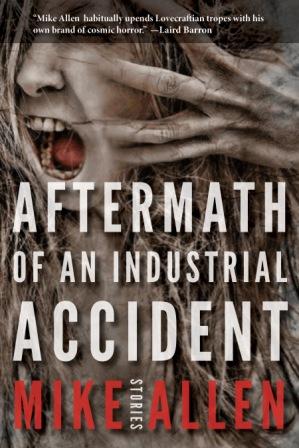 C.S.E. COONEY: https://csecooney.com/ and @csecooney on Twitter and Insta.
C.S.E. COONEY: https://csecooney.com/ and @csecooney on Twitter and Insta.
AMANDA J. MCGEE: You can find me all sorts of places! My website is http://amandajmcgee.com, where I blog weekly, and I’m also on Twitter (@skylit1) and Instagram (@amcgee.writes) and I have a Facebook page, and technically even a Patreon where you can read little snippets of things I’m currently scribbling on.
JESSICA P. WICK: You can find me online at jessicapwick.com, foamlyre on instagram, and @lunelyre on twitter.
MIKE ALLEN: As a publisher at https://mythicdelirium.com/, as a writer at http://descentintolight.com/, on Twitter at https://twitter.com/mythicdelirium and on Facebook as https://www.facebook.com/time.shark.
Tremendous thanks to the authors of A Sinister Quartet for being part of this very fabulous roundtable!
Happy reading!

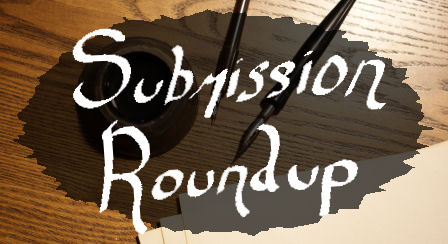
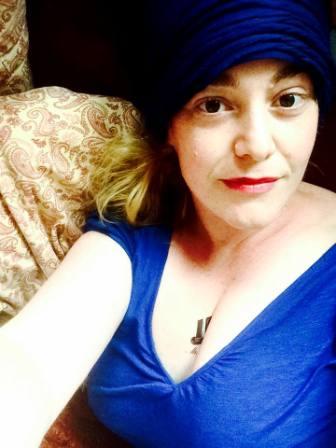
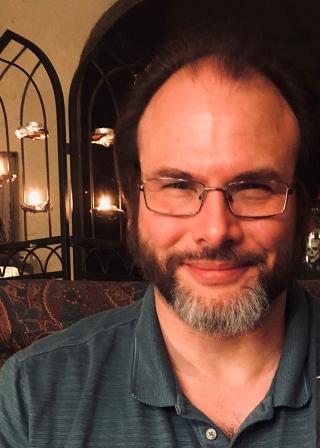
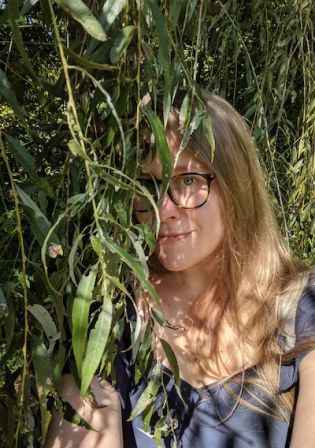
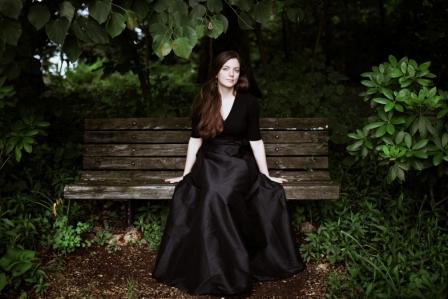
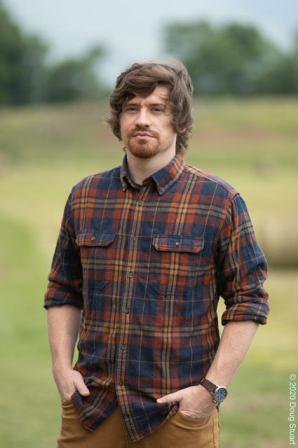
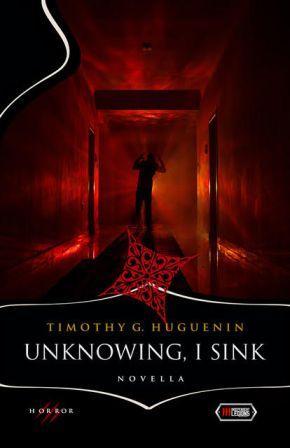
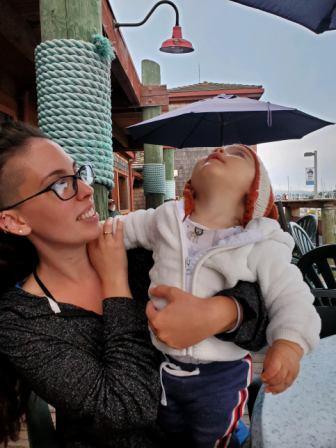
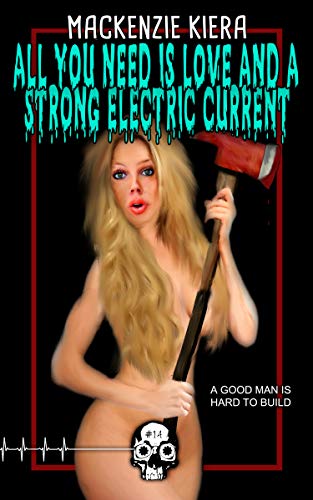
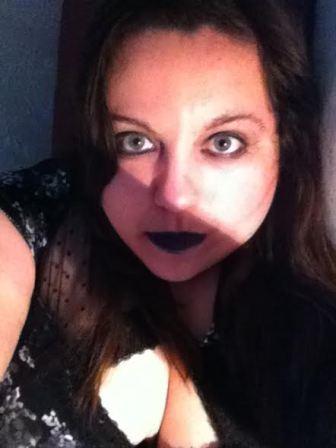
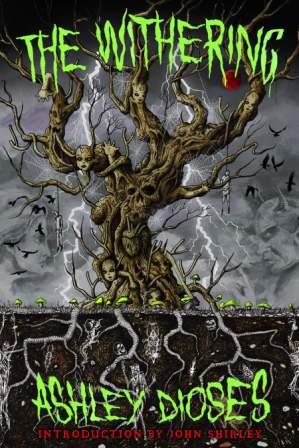
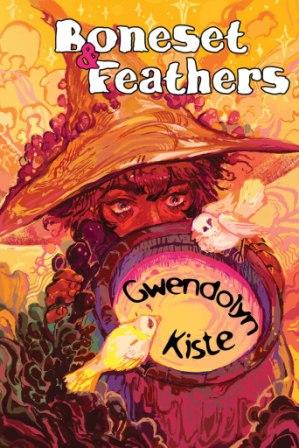 Pre-orders have started making their arrivals in readers’ homes, which is always an exciting thing for writers. If you ordered the book, please tag me in any pictures you post, as it will do my witchy little heart good to see them!
Pre-orders have started making their arrivals in readers’ homes, which is always an exciting thing for writers. If you ordered the book, please tag me in any pictures you post, as it will do my witchy little heart good to see them!